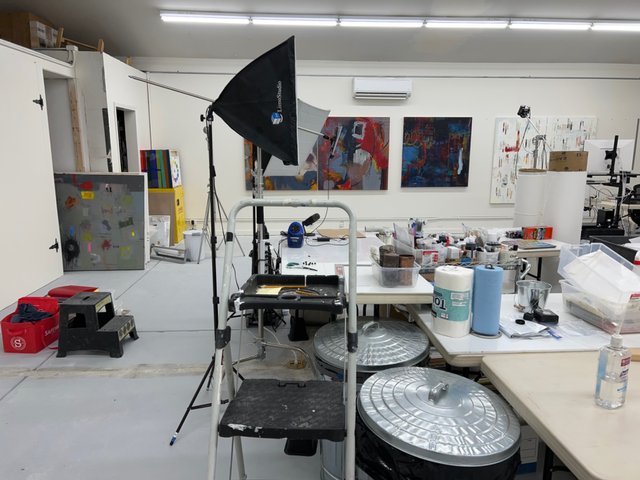
For its fast-drying qualities and versatility, acrylic painting is an exciting and dynamic medium. Among the most compelling techniques applied in mixed media acrylic painting, layering would allow artists to create depth and dimension in their work, thus giving them an averagely rich and fabulous feel at the same time.
The layering of acrylic painting mixed media not only brings vibrancy to a painting but also adds complexity, drawing viewers into the details of the piece.
In this article, we’ll explore how to master acrylic and mixed media art, focusing on techniques and tips to build depth and texture effectively.
Understanding the Basics of Layering
Layering in mixed media acrylic painting applies multiple layers of paint in an attempt to create depth and dimensionality: the process is often confused with blending, as instead, it smoothes out the transition between two colors. When layering builds successive layers of color and texture, this creates visual interest. The process starts with thin, translucent layers and progresses toward more opaque or textured applications.
The secret to layering is time. Because acrylics dry so fast they are perfect for layering without waiting around and waiting. It is the fast flow that helps artists experiment with layering techniques, adjust as they go, and fill in details without messing up the layers below.
Preparing Your Surface
Preparing a good surface for acrylic painting mixed media is the first step to successful layering. Canvas, wood, or paper is suitable for acrylic painting. For now, assume that your surface is not already primed and apply a layer of gesso to make it smooth and absorbent. A layer of gesso helps the paint adhere better while preventing the paint from soaking into the surface, and you can lay more effectively.
For added texture, you can apply modeling paste or heavy gesso to the surface before applying the paint. Both can be applied with a palette knife or brush to sculpt and shape the surface to your creative vision.
Working with Thin Layers
The first layer of acrylic and mixed media used is called a "base layer" or "underpainting". This initial layer of work sets the tone and composition by building up the main shapes and colors of the work. Use a watered-down, thin layer of acrylic paint, or glaze medium. Let the surface texture come through, it adds an interesting visual element for the layers that will follow.
Thin layers are also useful for correcting mistakes or experimenting with color combinations. If you’re unsure about your color choices, start with a light glaze to test how different hues interact before committing to a thicker application.
Building Depth with Transparent Layers
Of course, one of the most effective ways to achieve depth is by layering transparent or semi-transparent colors in acrylic painting mixed media. Acrylic glazes are perfect for the job. A glaze is created by mixing acrylic paint with a glazing medium to a translucent consistency. When applied in layers, glazes let light pass through the top layers of paint and reflect it off the underlayer of colors.
For example, you can achieve a realistic sky by applying thin layers of blue, purple, and orange, blending your edges in an attempt to replicate the way light falls naturally. In the same way, transparent layers provide shadows and highlights, suggesting depth and form.
Introducing Texture with Impasto Techniques
While transparent layers add depth, textured layers add tactile interest and visual weight. One of the most popular techniques for creating textures in mixed media acrylic painting is impasto. Apply thick layers directly to the canvas, creating raised areas that catch light and cast subtle shadows.
For this look, work with a palette knife or stiff brush with heavy-body acrylic paint. To take it even further, mix your paint with a texture medium-included materials like modeling paste or sand gel to provide that perfect custom look. These textured layers can be left on their own or covered to give depth and color interest.
Wrap Up!
Layering with acrylics has truly a transforming effect on your work; the added dimension, depth, and texture build the artwork up to levels previously unheard of. Whether you are just starting to learn the basics or an experienced artist experimenting with advanced techniques, layering holds infinite opportunities to explore new ideas. Get in touch with Art and Success, and take your creativity in acrylic and mixed media to the next level!